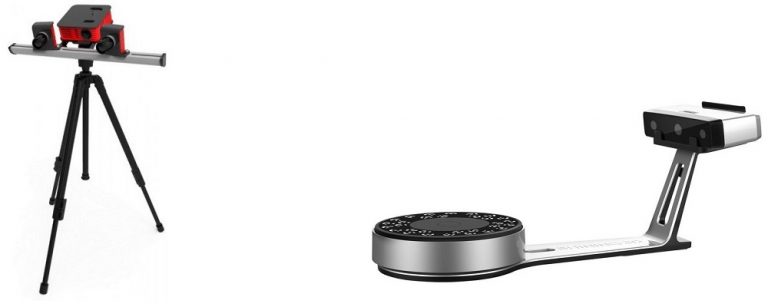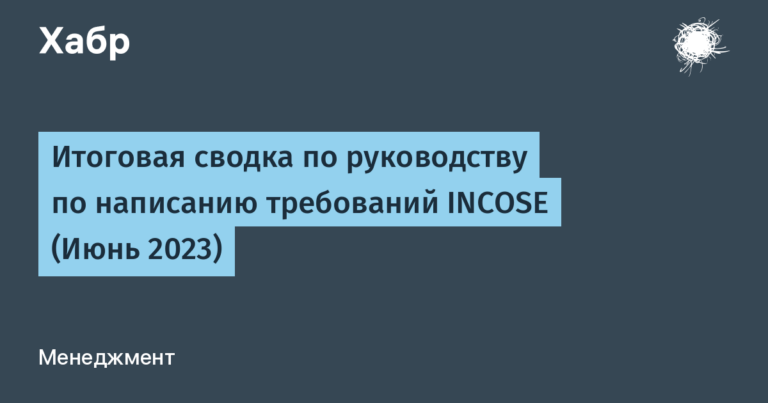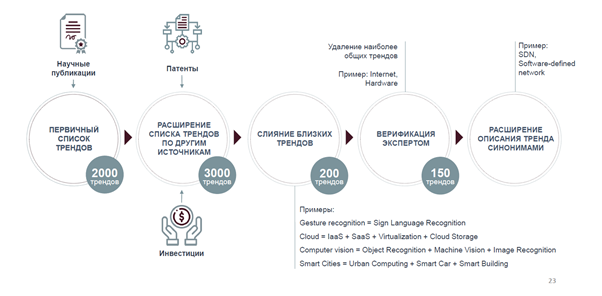24 aspects of successful work organization. Check list. Are we paying attention to everything?
In this article, we have collected for you key aspects, by paying attention to which you can significantly increase the productivity of your IT team. Due to what? First of all, by eliminating interference in work.

Large and experienced teams have obtained inexorable statistics:
No more than a quarter of the team's time is spent on the development process. And, what’s even worse, a significant portion of the time – from 5 to 15% – is not at all related to the production process.
How can I change this? We suggest starting with a list of areas of attention that you need to pay attention to first:
Create tasks correctly:
Each task must be clearly formulated and have specific namereflecting its essence.
Add detailed description task, including all necessary details, instructions and requirements.
Specify responsible team memberwho will be responsible for completing the task.
Install a priority tasks according to its importance and urgency.
Rate time required to complete a taskand set an appropriate completion date.
Structure your tasks:
Use tags, categories, or projects to organize tasks by topic, project, or priority.
Break large tasks into smaller subtasks to manage and complete work more efficiently.
Use the task tracker functions to create dependencies between tasks (links) and determine the logical sequence of work.
Set up workflows to route tasks quickly and correctly.

Set deadlines and track time:
Set clear deadlines for completing each task and ensure they are met.
Estimate the time spent on each task and compare it to established deadlines to identify delays or problems in the process.
Follow the progress:
Regularly update the status of tasks, indicating their current status (in progress, completed, postponed, etc.).
Use the progress or task completion features to track progress and indicate completed steps. In most task trackers, it is possible to set up automatic calculation of progress depending on the proportion of completed subtasks.
Communicate correctly and build teamwork:
Use the commenting and task discussion features to interact with team members, discuss issues and clarify details. In this case, the information will be reliably recorded in the task and will help colleagues quickly immerse themselves in the context.
Share updates and information with team members through notifications, comments, and task discussions.
Analyze data and identify ways to improve the process:
Periodically analyze data on task completion and work process efficiency.
Find bottlenecks, problems or delays in the process and develop strategies and action plans to eliminate them.
Apply the knowledge and experience gained to improve the work process and increase the effectiveness of the team.
Use more task tracker functionality:
Explore all the available functions and tools of your task tracker and use them fully to optimize your work process. This may include functions for filtering, searching, creating task templates, setting up notifications, automation, and much more.
Use the customization and personalization capabilities of the task tracker to adapt it to your needs and preferences.
Constantly plan and prioritize:
Plan your work in advance by defining a list of tasks for the day, week, month or even quarter. This will help you organize your work and focus on achieving your goals.
Prioritize tasks according to their importance and urgency so that you tackle the most important and critical tasks first.
Regularly update tasks and conduct audits and grooming:
Periodically update task statuses and information to keep data current and track progress.
Update task details in accordance with changes that occur.
Audit your tasks, removing outdated, unnecessary or duplicate tasks to keep your task tracker organized and clean.
Learn and work on development:
Invest time in learning task tracker best practices and improving your skills in using it.
Share experiences and knowledge with colleagues and team members to learn from their example and expand your knowledge.
Provide support and feedback:
Provide support and assistance to colleagues in using the task tracker, answering their questions and making recommendations on how to use it effectively.
Actively exchange feedback with task tracker developers, offering your ideas and suggestions for improving the functionality and interface of the application.
Organize regular reviews and retrospectives:
Conduct regular reviews of completed work and retrospectives of past projects or iterations. This will help the team learn from past experiences, identify strengths and weaknesses in the work process, and take action for improvement.
Be flexible and adaptive:
Be as flexible and adaptive as possible in managing your tasks and projects. Changes in requirements, priorities or deadlines can happen at any time, so it is important to be able to react quickly and adapt to new circumstances.
Constantly improve your work processes:
Strive to continually improve your work process and the effectiveness of using the task tracker. Look for ways to streamline, automate, and improve your workflows.
Work on self-organization and self-motivation:
Develop self-organization and self-motivation skills to effectively manage your tasks and achieve your goals. Set clear goals for yourself and motivate yourself to achieve success.
Create short iterations so that progress is constantly visible – this significantly improves productivity.
Create a friendly team atmosphere and collaborate:
Maintain an open and friendly team environment where each member feels comfortable and confident. Collaborate with colleagues, help them and support them in achieving common goals.
Constantly learn and develop:
Invest in your professional development and training. Participate in trainings, courses, webinars and other educational activities to expand your knowledge and skills in both task and project management and application areas.
Maintain a healthy work-life balance:
Try to maintain a healthy work-life balance. Optimize your work so you have enough time and energy for rest, relaxation and hobbies.
Conduct regular updates and adapt to changes:
Keep your task list updated and review your priorities regularly. This will allow you to quickly respond to changes in the project or external circumstances and adapt to new requirements.
Use planning and organization techniques:
Learn various techniques for planning and organizing work, such as GTD (Getting Things Done – bringing things to completion), Inbox Zero (don't leave raw information) or methodology Pomodoro (deep concentration with short breaks), and apply them in your practice to increase productivity and efficiency.

Monitor and analyze key indicators:
Track and analyze key indicators of your work, such as task completion time, number of completed tasks over a certain period, compliance with deadlines, and others. This will help you identify areas for improvement and optimization of your work process.
Participate in team activities and meetings:
Take an active part in team activities, meetings and discussions. Exchange ideas, discuss problems and find joint solutions with colleagues to move the project forward.
Develop soft skills:
Develop soft skills such as communication, empathy, conflict management and others. These skills will help you interact effectively with other team members, manage relationships, and achieve common goals.
Fix and study errors:
Record mistakes and failures in your work, then analyze their causes and learn from the experience. This will help you avoid repeating mistakes in the future and constantly improve your skills.
Each of these points deserves a separate article, and we will try to reveal the most effective of them. We'd love to hear about your experiences improving your personal or team productivity.
Many of the above aspects relate to the capabilities of the task tracker. We, the tracker team METEOR, we have been focusing on large and complex processes in a large company for a long time and try to provide an effective set of tools. Come visit us https://u-meteor.ru and ask questions. We will be very happy to answer them!
Thank you! Productive work to you!






